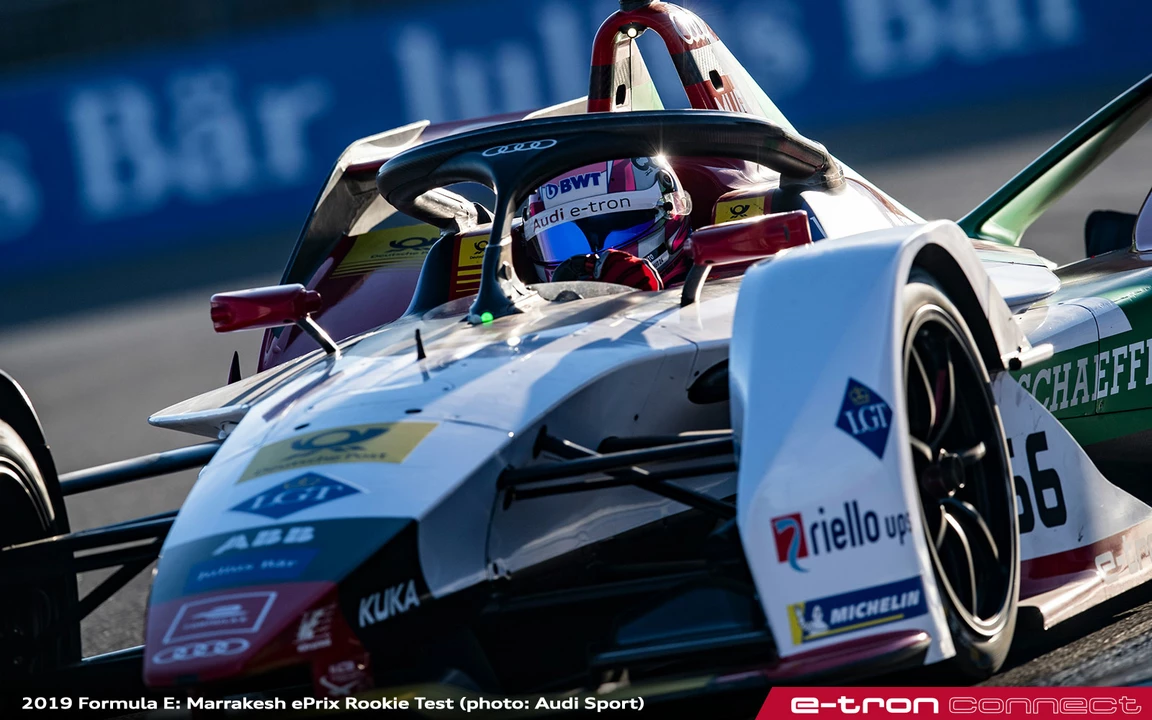Formula E – electric racing recharged
If you love speed but also care about the planet, Formula E is the series you should be watching. It mixes the thrill of motorsport with zero‑emission power, so you get fast laps without the smoke. BMW is a big player in the championship, bringing its own electric tech to the grid. Below you’ll find the basics, the tech that makes it tick, and what’s coming up next.
What makes Formula E different?
First off, every car runs on a battery instead of gasoline. The batteries are built to give lots of power for a short time, then they’re swapped or recharged during a pit stop. Races happen on city streets, so you’ll see tight corners and lots of overtaking. The format also includes a “Attack Mode” zone where drivers can boost power for a few seconds, adding strategy to the mix.
BMW’s role in the electric series
BMW joined Formula E to test its electric drivetrain ideas in a real‑world setting. The team’s cars use a lightweight chassis, a high‑capacity battery, and a power‑train that can deliver up to 350 kW in race mode. Those numbers translate to quick acceleration and top speeds over 200 km/h. Every race gives BMW data to improve its road‑going electric motorcycles and cars.
Fans also get to see how new software updates affect performance. BMW often releases a software tweak mid‑season that can change how the car handles energy usage. It’s like a video game patch, but for real machines on the track. This kind of rapid development helps the brand stay ahead in the fast‑moving EV market.
Aside from the tech, the team works hard on fan engagement. They run live Q&A sessions on race weekends, letting you ask drivers about their feelings behind the wheel. You can even vote for the next Attack Mode location in some events, so the audience shapes the race.
What’s coming up? The next few races will be in major cities like London and New York, each with its own street layout challenges. BMW plans to debut a new battery pack that promises longer runs between charges. That could change pit‑stop strategies and make the races even tighter.
So whether you’re a die‑hard motorbike fan or just curious about electric tech, Formula E offers a pulse‑pounding show and a glimpse of where the future of racing is headed. Keep an eye on the calendar, follow the BMW team, and enjoy the blend of speed and sustainability that only electric racing can deliver.
What is harder work to drive, Formula 1, Formula E, or IndyCar?

As a motorsports enthusiast, I've always wondered which racing series requires the most effort from its drivers - Formula 1, Formula E, or IndyCar. After researching and comparing factors such as physical strain, car handling, and mental demands, I've found that each series presents unique challenges. Formula 1 cars have higher speeds and heavier G-forces, while Formula E requires precise energy management and car control. IndyCar poses its own challenges with its combination of high-speed ovals and tight street circuits. Ultimately, it's difficult to determine which series is the hardest to drive in, as each one demands a different skill set and level of expertise from its drivers.
- May 5 2023
- Declan Whitmore
- 0 Comments